
| Recorded by: David George, Jeff Niznik, Jim Petranka, Becky Elkin on 2025-05-24
Richmond Co.
Comment: | 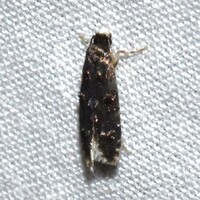
| Recorded by: David George, Jeff Niznik, Jim Petranka, Becky Elkin on 2025-05-24
Richmond Co.
Comment: |
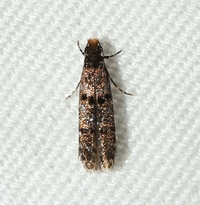
| Recorded by: David George on 2025-05-16
Durham Co.
Comment: | 
| Recorded by: David George, Stephen Dunn, Jeff Niznik on 2023-07-31
Macon Co.
Comment: |

| Recorded by: Stephen Dunn, Jeff Niznik on 2023-07-26
Chatham Co.
Comment: | 
| Recorded by: David George, Stephen Dunn, Jeff Niznik on 2023-07-13
Orange Co.
Comment: |

| Recorded by: John Petranka on 2022-09-01
Orange Co.
Comment: | 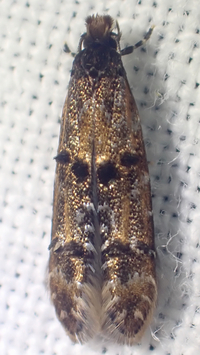
| Recorded by: tom ward on 2022-05-14
Buncombe Co.
Comment: |
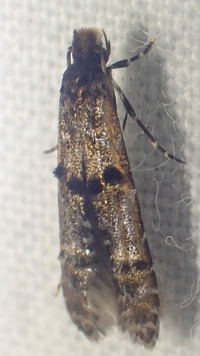
| Recorded by: tom ward on 2022-05-11
Buncombe Co.
Comment: | 
| Recorded by: Simpson Eason on 2022-05-06
Durham Co.
Comment: |
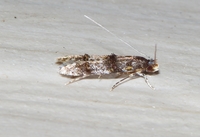
| Recorded by: Jim Petranka and Becky Elkin on 2019-09-02
Madison Co.
Comment: | 
| Recorded by: Jim Petranka and Becky Elkin on 2019-09-02
Madison Co.
Comment: |

| Recorded by: Jim Petranka and Becky Elkin on 2018-09-12
Madison Co.
Comment: | 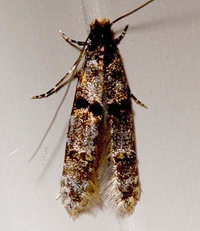
| Recorded by: Jim Petranka and Becky Elkin on 2018-09-12
Madison Co.
Comment: |

| Recorded by: Harry Wilson on 2015-05-12
Wake Co.
Comment: | 
| Recorded by: Kyle Kittelberger on 2013-07-27
Wake Co.
Comment: |
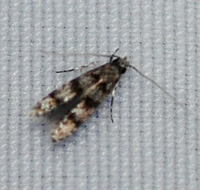
| Recorded by: Kyle Kittelberger on 2011-07-30
Wake Co.
Comment: |

 »
»




 »
»


